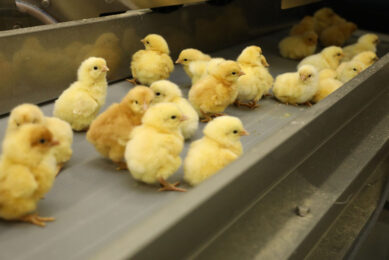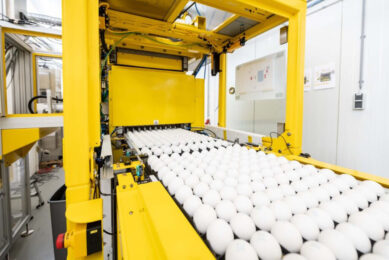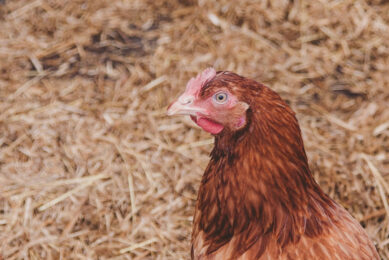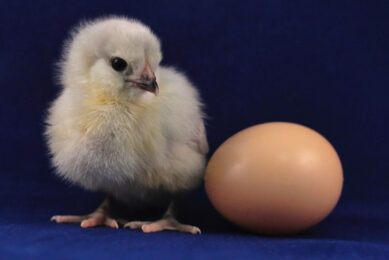Philippine farmers cull chicken early to improve local prices
Philippine poultry producers are culling their flocks early amid rising imports, industry sources say, hoping to improve poultry market prices.
Farmers said the early culling, or the harvesting of chicken for meat at an early stage, was part of a strategy to cut back on production cost and increase the farmgate price of chicken.
“DOC [day-old chicken] producers have started this practice. Those who are afraid that prices will continue increasing have started early culling. This is a cycle that usually happens whenever chicken prices drop,” United Broilers and Raisers Association president Gregorio San Diego said.
San Diego did not disclose how many poultry stocks were killed and how many were still up for culling.
Raisers and producers were complaining of production losses due to high cost of feeds, haggling and smuggling.
Industry data showed that chicken imports in the first quarter reached 30.65 million kg, up by 1.2% from 30.29 million kg a year ago.
“This, however, does not reflect the real data. There were imported chicken that were unaccounted for. There were those that sell cheaply in the supermarkets and wet markets. We have suggested measures to the Bureau of Customs, but they do not listen to us,” said San Diego.
Farmgate price of chicken currently ranges from P70 (€1.36) to P80 (€1.55) a kilo while retail price at wet markets and groceries is between P140 (€2.72) and P160 (€3.11) a kilo of dressed whole chicken.
Smuggling damage
Data released by the industry showed that rampant smuggling and excessive importation of chicken choice cuts had displaced as much as P10.34 billion (€20 million) of local production in 2010.
The poultry sector is still estimating foregone revenues in 2011, although they claimed that 14,906 poultry workers lost their jobs.
The group noted the glaring discrepancy in government data that accounted for a difference of 12,000 tonnes between the allowed poultry imports within the minimum access volume and the actual imports.
It said that while the allowed volume was only 23,500 tonnes in 2011, data from the Bureau of Animal Industry showed poultry imports of 28,352 tonnes during the same year.
The minimum access volume committee, for its part, claimed utilization of only 16,233 tonnes in minimum access volume.
“The difference can only be justified as having been imported outside the minimum access volume or out-quota volume. But out-quota is subject to higher tariff of 40% instead of 35% for in-quota volume,” said San Diego.
Source: Manila Standard Today
Join 31,000+ subscribers
Subscribe to our newsletter to stay updated about all the need-to-know content in the poultry sector, three times a week. Beheer
Beheer








 WP Admin
WP Admin  Bewerk bericht
Bewerk bericht